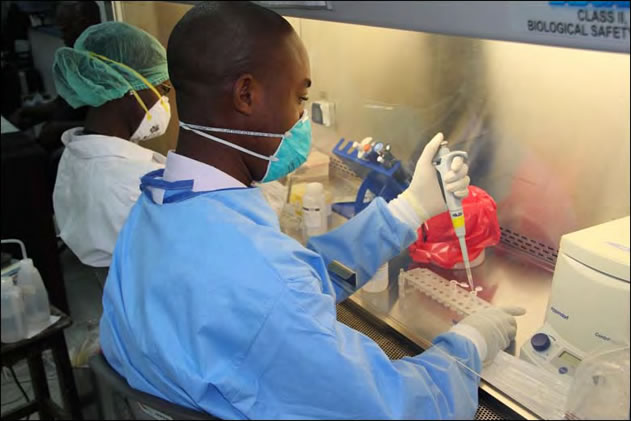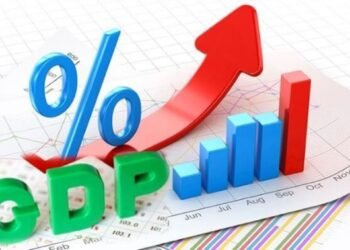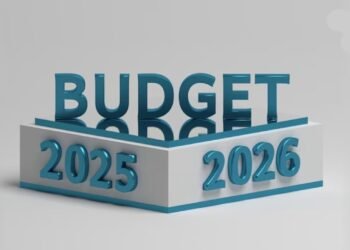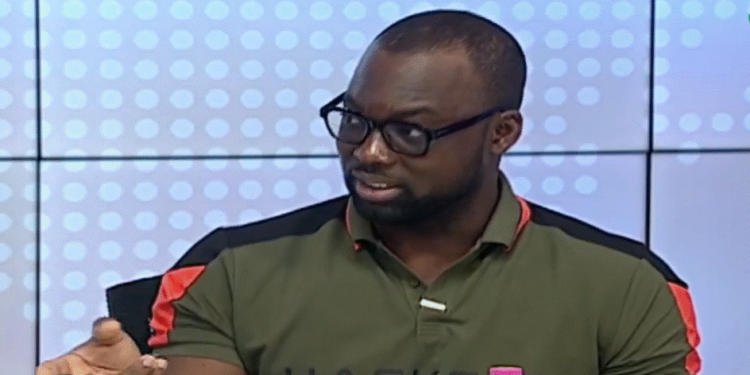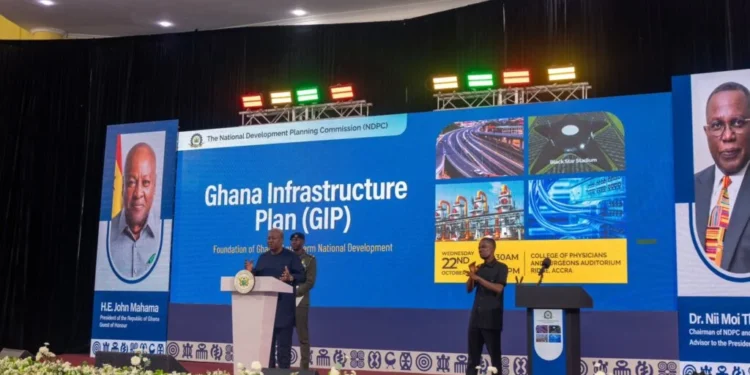Ghana spends less than 1 per cent of its gross domestic product (GDP) on research and development, although globally, spending capacities have been rising in the past five years, including the number of science projects as well as scientists, according a UN report.
This phenomenon has rather been unchanging for Ghana, and similarly for all countries in Africa, which have for a long time spent less on research compared to other jurisdictions, the report highlights.
Meanwhile, for the global economy, however, the rising trend has been pushed further by the impact of the COVID-19 pandemic, according to the report.
Specifically, growth in global research spending between 2014 and 2018 was 19.2 percent, 4.7 percentage points higher than the growth of global GDP (14.8%) between the period.
While research spending increased globally, much of the spending was concentrated in three regions viz; East and south East Asia (40%); grouping heavyweights China, Japan and the Republic of Korea; North America (27%); and the European Union (19%). These three regions concentrated 85% of global research expenditure.
According to Shamila Nair-Bedouelle, UNESCO’s Assistant Director-General for natural sciences and also the director of the publication of the report, only 32 countries in the world raised their research spending by 0.1% or more of their country GDPs during that period.
Based on the report, low spending on scientific research was commonplace in Africa. Considering the foregoing, it is evident from the report that, all countries on the African continent were among the 80% of countries worldwide that invested less than 1% of GDP in scientific research.
As highlighted, Africa’s share of global expenditure on research and development stagnated at 1.01% between 2014 and 2018 but, in Sub-Saharan Africa, it dropped from 0.44% to 0.42%.
Research Spending in Africa
Furthermore, on average, investment in research and development as a share of GDP in Sub-Saharan Africa rose from 0.49% in 2014 to 0.51% in 2018, an insignificant increase of 0.02 percentage points.
The report also noted that the researcher pool grew three times faster reaching 13.7% during the same period, compared to the global population growth of 4.6%.
According to the report, this translated into 8,854 million full-time researchers, a surge that was highly dominated by China, whose researcher pool grew by 11.5% between 2014 and 2018.
With regards to the global shares of researchers by region, Sub-Saharan Africa had increased its stake from 0.6% in 2014 to 0.7% in 2018, representing a research density of 124 researchers per million inhabitants in 2018, up from 102 in 2014.
But, despite the small global share, the report highlighted several African countries that were among 38 countries in the world that had increased their researcher density per million inhabitants by more than 15% between 2015 and 2018.
In this respect, Mauritius had increased its researcher density by 86.3%, followed by Ethiopia (67.8%), Madagascar (45.4%), Togo (26.3%), South Africa (21.4%) and Uganda (15.8%).
Yet, with a density of 687 researchers per million inhabitants in 2018, compared to 675 in 2014, Egypt had the highest concentration of researchers in Africa, followed by South Africa that had a researcher density of 518 in 2018, up from 432 in 2014.
READ ALSO: Domestic production meets only 40% of rice demand in Ghana



